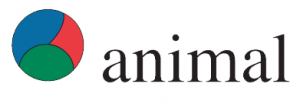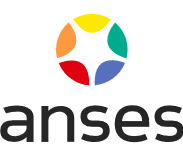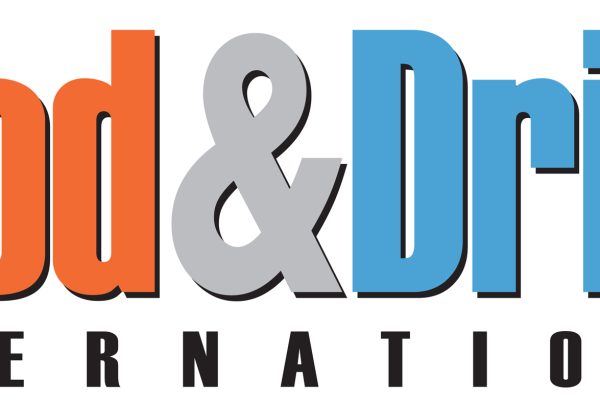Document type: online prepublication of scientific review published in Animal
Authors: I. Reimert, L.E. Webb, M.A. van Marwijk, J.E. Bolhuis
Preview: Animal welfare is an important field of study due to animal sentience, yet there is to date no consensus on the definition of animal welfare. There have been four key developments in the field of animal welfare science since its birth: the theoretical and empirical study of affective states, and hence our understanding thereof, has increased; there has been a shift from a primary focus on unpleasant experiences towards an inclusion of pleasant experiences; there has been an increasing mention and investigation of the notion of cumulation of experiences in time, and with this, the importance of the time component of both affective states and animal welfare has come forward. Following others, we define welfare as a balance or cumulation of pleasant and unpleasant experiences over time. The time period of welfare depends on when welfare considerations are necessary, and may range from the duration of single and relatively short-term experiences to the entire life of an animal. We further propose that animal welfare conceptualised in this way can be assessed at three levels: level 1 represents the assessment of the environment and 'internal factors' such as health and personality, which interact in their impact on the affective experiences of animals; level 2 represents the assessment of affective states; and level 3 represents the assessment of the balance or cumulation of these affective states in time. The advancement of research necessitates studies to be more or less comparable, and this would be facilitated by researchers mentioning which concept of animal welfare they are basing their work on, at which level of assessment they are working, which assumptions they might be drawing from to infer welfare and which time period of interest they are focusing on, even if this is not mirrored by the timing of the assessment in practice. Assessment at levels 2 and 3 still needs much study, at both the theoretical and empirical levels, including agreements on validation tools.




